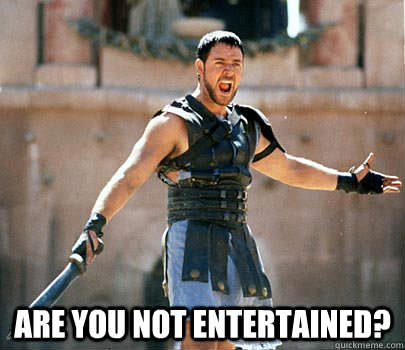30 Sep '14
The AP Sessions
The AP sessions weren’t a normal gig. They were a series of livecoding gigs I performed in 2014 as part of my student Ari Purcell’s research project: Visualising a Live Coding Arts Process. Ari developed a bunch of visualisation techniques (in Extempore) to use in a livecoding performance. They weren’t just cool VJ visuals, they were designed to be overlaid on top of the code.
We developed a two different “types” of visualisations; some were designed primarily to look cool (aesthetic) and some were designed primarily to teach the audience about what was going on (didactic).1
I displayed these visuals (on top of my code) in a couple of livecoding gigs, and audience members completed a short questionnaire at the end about the visualisations and their effect on their understanding/enjoyment of the performance. What this meant is that I was actually trying to do “repeat” livecoding sets for different audiences—the visuals would change between sets, so the goal was to make the music itself the same as a “control”. Now, because I can never remember exactly what I did from set to set they weren’t exactly the same, but I tried to make them as similar as possible (for science).
I’ve recently (Feb ‘19) tracked down the videos from these gigs and uploaded them to vimeo, both for your enjoyment and also so that when you read the paper you have a better idea what’s going on.
We wrote the results of these “experiments” up OzCHI, so you can look up the paper in the publications list if you want to see all the details. Even better, put the kettle on and read Arrian’s honours thesis.
“Aesthetic” visuals
“Didactic” visuals
“Visuals” vs “no visuals” study
Following the “aesthetic vs didactic” gigs, and based on the audience feedback, Ari developed one more set of visualisation techiniques, and we did one more gig (with audience feedback like before). This time, there were two sets—one with the visuals, one without (just the plain code like all my other gigs). Here are the videos from those sessions. This stuff is all in Chapters 6 and 7 of Arrian’s honours thesis
The visuals in these recordings are pretty hard to see, and the audio quality’s not great either. However, in the interests of open science, here’s video from the no visuals set:
and the video from the visuals gig:
Take-home messages?
If you want some p-values and all that jazz, read the papers. But the broad take-home is that the visuals helped some, and that visualisations targeting enjoyment (i.e. aesthetic ones) have a greater benefit than ones which try and educate people. Basically, work on entertaining people—then their understanding will flow from that.

-
Obviously these are pretty nebulous concepts, it’s not like there’s a well-defined notion of what an “aesthetic” vs a “didactic” visualisation is. And even if there were, it’s not necessarily clear that these are the two most important aspects of visualisation design. Still, I’m putting the videos up here so you can see for yourself what they looked like. ↩